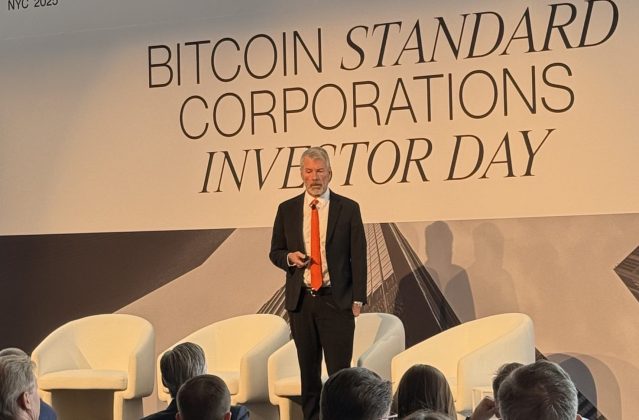Bitcoinereum, a ERC-20 token created in 2017, is called by its developers the “first Bitcoin minable ERC-20 token on the Ethereum Blockchain.” Its mining system imitates the same mining mechanism on the Ethereum blockchain that is used for creating Bitcoin but instead of using mining equipment the users are “just required to call one function of the token’s smart contract.” According to the team, the only thing that users need to have is a few ETH in their wallets which will be only used to pay for the Ethereum network fees.
“Anyone can mine Bitcoinereum by calling the Mine() function of the smart contract. You just need to interact with the smart contract by using any Ethereum wallet like MyEtherWallet.com or geth. The token incorporates a similar mining mechanism to Bitcoin, including the mining reward halving every 4 years. The whole process is quite transparent and we invite anyone interested to review the Bitcoinereum source code.” the Bitcoinereum team told Cointelegraph.
The token website states only 21,000,000 coins can be mined and the initial supply was zero coins, as there was no pre-mine. According to the team, it should take around 132 years to mine every Bitcoinereum.
The developers put the limit to a maximum of 50 coins being mined every 10 minutes, the same mining reward as Bitcoin back in 2009. This reward will continue until 2021 when it will be halved to 25, the team says. However, Bitcoinereum mechanism allows not only one miner to receive the full reward every 10 minutes. The reward is split by 50 calls instead, and whoever makes the first 50 calls receives the coins during that period. These rules are designed to help avoid a mining monopoly and get a better distribution of Bitcoinereum across the community. At press time 320,000 coins were mined so far.
Smart contract mining as a crypto collectable
The concept of smart contract mining (or public mining) means allowing anyone to mine a token by calling a smart contract function, the team explained. This concept was originally introduced by Artemine, a token which also does not require any customary equipment for mining. It was announced as an updated version of Minereum. At the time of its launch in 2017, Artemine’s team managed to build a major platform that was focused on public mining and self-mining principles.
Artemine coin can be mined in two ways, by calling a smart contract function or by owning a Genesis Address. Another major update which was introduced is the possibility of decentralized trading of Genesis Addresses, “making them a sort of crypto collectable,” the team explained. The self-ming process of Genesis Addresses is automated and based on a mathematical formula. In addition to this, users can transfer their Genesis Addresses and trade them on the open market, directly to the purchaser without any third party involvement. Sales can be made through smart contracts in a peer-to-peer environment. The project’s team expects all Artemine Genesis Addresses to be mined in the next 40 to 60 years.
Disclaimer. Cointelegraph does not endorse any content or product on this page. While we aim at providing you all important information that we could obtain, readers should do their own research before taking any actions related to the company and carry full responsibility for their decisions, nor this article can be considered as an investment advice.







